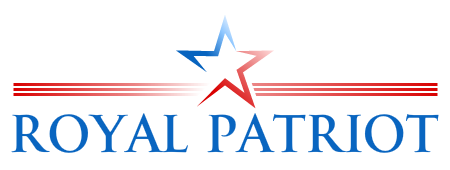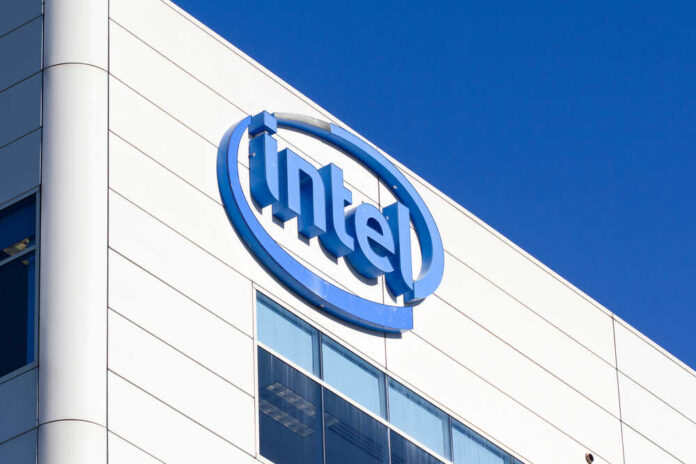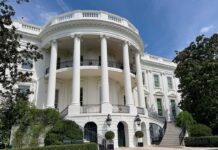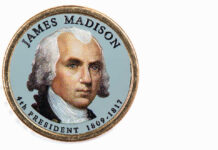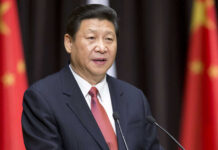On a recent trip to Beijing, Intel CEO Patrick Gelsinger referred to the company’s position in China as ‘very important.’
This is despite the fact that the United States is trying to restrict the export of high-tech chips and chipmaking equipment to China. On his trip, Gelsinger also met with Chinese leaders such as Vice President Han Zheng and Commerce Minister Wang Wentao.
Intel has remained silent on Gelsinger’s remarks in China. But reports say that China has told Gelsinger they could provide a fertile market for his company.
The Biden administration is attempting to maintain its technological lead in semiconductors and, as a result, has imposed several additional limitations on China’s chip industry. Intel backed the CHIPS and Science Act, which doled out $52 billion in subsidies to the semiconductor industry in the United States.
Yet, the act passed in August includes provisions designed to stop U.S. aid recipients from increasing production in China.
The U.S. Department of Commerce announced proposed regulations at the end of March that would prevent recipients of CHIPS Act funding from increasing production of cutting-edge chips in “countries of concern,” such as China. There is a 10% cap on capacity increases at existing legacy facilities in China, and companies can only construct new legacy facilities in China if they will primarily serve the Chinese market.
The Chinese foreign ministry has stated that the new regulations are unfair and counter market economy law.
Also, in October of last year, the United States enacted stringent export curbs on the sale of chips and chip-making equipment to China, and it has urged allies such as Japan and the Netherlands to do the same.
According to Intel’s annual report, the Chinese market accounted for 27% of total sales in 2022. Intel has announced salary reductions ranging from 5% for mid-level managers to 25% for Gelsinger to achieve its cost-reduction goal. On April 27, Intel will reveal its financial results for the first quarter. The company already predicted a deficit for the next quarter.
